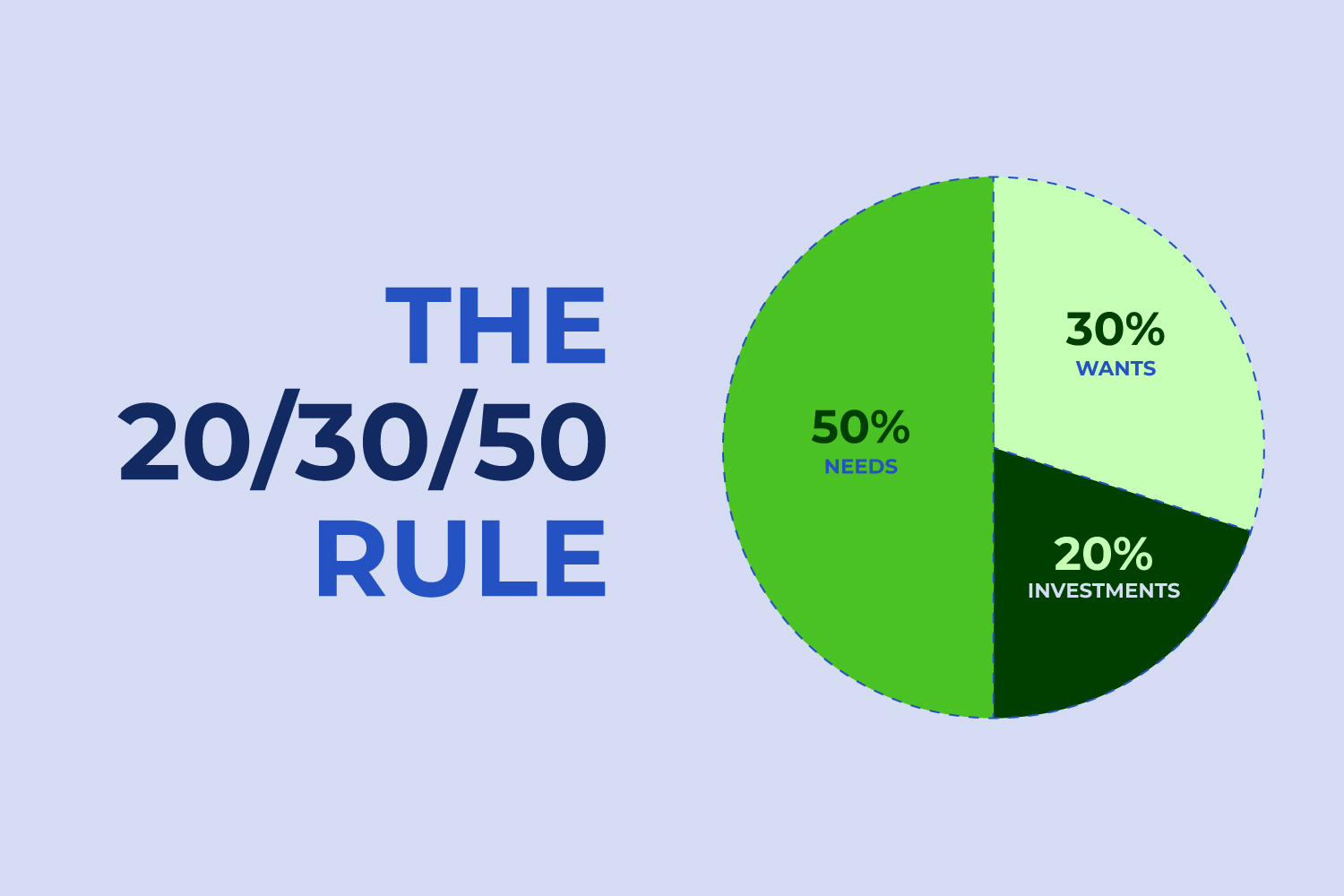Investing can be one of the most complex financial concepts, but it is also one of the key pillars for financial independence and wealth-building. Understanding the various investment terms may seem overwhelming at first, but once you get the hang of it, you'll begin to feel more comfortable and confident on your investment journey.
One common misconception is that investing is only for the wealthy. Investment is a path that anyone can take to build wealth and grow their money. Understanding how to start investing, especially when you're taking your first steps, is the first move toward financial independence.
In today's article, we will take you on a quick journey to learn everything about investment, its basics, and how to build your wealth through it.
What is Investment, in Short?
Investment, in simple terms, is the process of buying financial assets, like stocks, to earn a profit, a regular income, or some form of future return. Investing is a smart financial choice because if you simply leave your money in a current account or savings account, you won’t be able to keep up with rising living costs or build wealth for your future. Therefore, the best solution is to use your savings as a way to gather the funds you need to invest or achieve other financial goals.
The investment allows you to:
- Save effectively for long-term goals, such as retirement, by taking advantage of higher interest rates and compound interest.
- Protect your savings against inflation by ensuring your money keeps up with rising costs.
- Provide passive income from investments.
- Achieve financial freedom and build personal wealth.
Basic Investment Concepts
Understanding the basics of investing is a crucial step on your journey, allowing you to make informed financial decisions. Here are key concepts you should know:
Risk and Return:
The higher the potential return on your investment, the greater the risk. Conversely, low-risk investments generally offer lower returns. Understanding this relationship is important when making investment decisions.
Asset Allocation:
The way you distribute assets in your investment portfolio depends on factors like your risk tolerance, investment goals, and the time you have to reach those goals. For example, if you have a long time horizon like saving for retirement, you might be more comfortable with higher-risk investments like stocks.
Market Fluctuations:
The market goes through periods of ups and downs, and these fluctuations are a normal part of investing. Trying to predict the market or making decisions based on short-term market movements can be risky, as it is nearly impossible to accurately predict these changes.
Fees:
Investment fees, such as management fees and trading commissions, can impact your returns over time. It's important to be aware of these costs and understand how they affect your investment performance.
Investment Goals
Safety: Many people prioritize safety in their investments, especially those who prefer lower-risk options. While no investment is 100% safe, options like government-issued bonds tend to be more secure.
Liquidity: It's important to have investments that can easily be converted into cash when needed, especially in case of emergencies. Liquid assets like bonds can offer a way to access cash quickly.
Why Should Beginners Invest?
People are increasingly turning to investing to grow their wealth. Here's why:
- Growing Wealth:
The primary goal of investing is not only to preserve wealth but also to grow it over time.
- Regular Income:
Investments can provide a steady source of income, whether through interest, dividends, or rental income.
- Combining Passion and Growth:
Investing doesn’t have to be boring. You can invest in things you are passionate about, like real estate or art, and still see financial growth.
- Improving Quality of Life:
With consistent returns, investing can improve your quality of life and help you achieve personal and financial goals.
- Better Than Savings Accounts:
Savings accounts may not keep up with inflation, but investments can help your savings grow over time.











